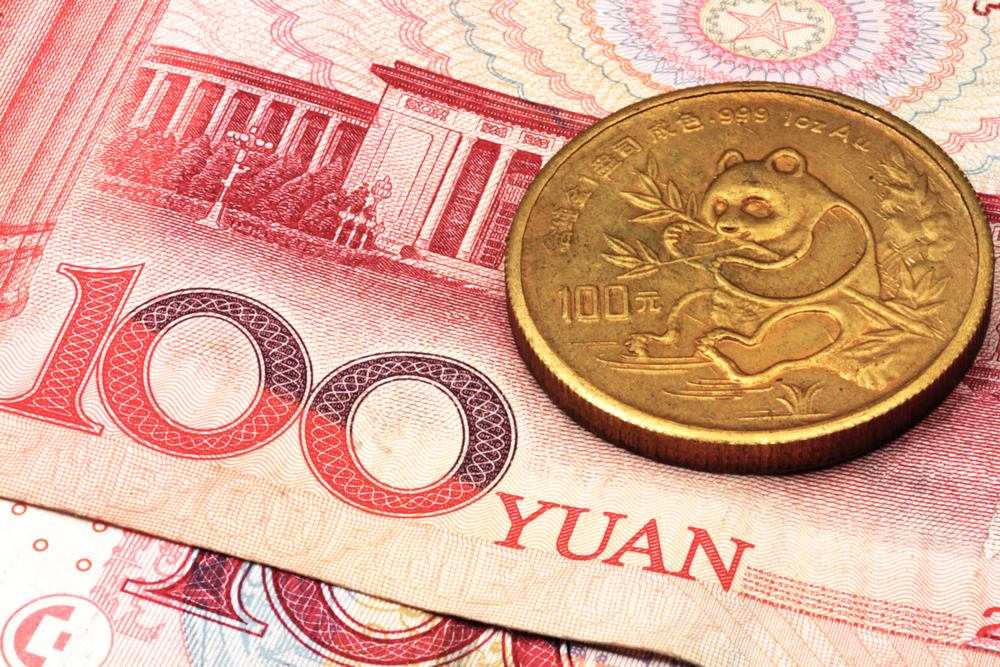Click here for an interactive chart of copper prices.
A weaker US currency makes dollar-denominated commodities cheaper for holders of other currencies, which could boost demand and prices. This relationship is used by algorithmic traders known as high frequency traders (HFTs).
China’s central bank helped to strengthen the yuan against the dollar by setting the daily midpoint guidance with the biggest bias on record, signaling increasing discomfort with the currency’s recent weakness.
“There is an absence of the wider trading community because of macro and growth uncertainty,” said Alastair Munro, base metals strategist at Marex.
“The market at the moment is dominated by HFTs who are primarily focused on yuan. Copper is highly correlated with the yuan. We also had some positive loans data.”
New bank lending in China beat expectations by nearly quadrupling in August from July as the central bank sought to shore up economic growth.
Meanwhile, iron ore imports climbed to 106.42 million metric tons in August, up 13.8% from July as steel mills moved to replenish lower than usual port inventories, and as spot prices were soft during the purchase period for August-arriving cargoes.
According to Fastmarkets, benchmark 62% Fe fines imported into Northern China rose 3.66%, to $120.75 per tonne.
(With files from Reuters)
This article was published by: Bruno Venditti
Visit the original article here



